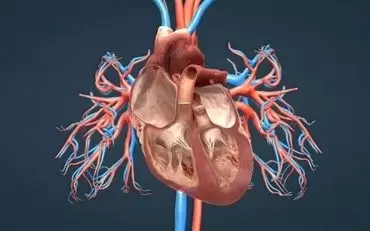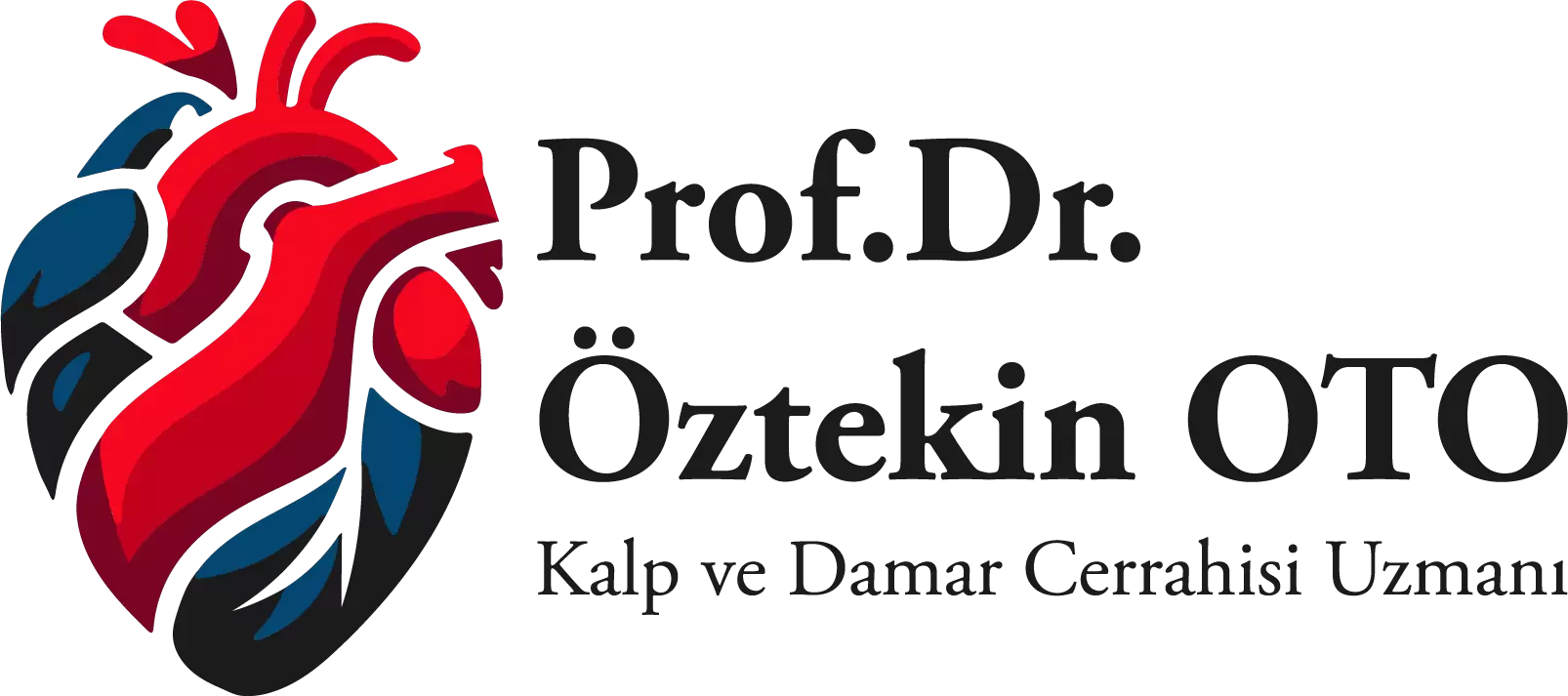29 Oca
Venous Insufficiency (Venous Reflux)
Venous Insufficiency (Venous Reflux)
Veins are functional vessels taking part in redelivery of deoxygenated blood back into the heart. These veins get weaker and looser in time due to several reasons. As a result, the blood that is supposed to reach the heart starts to accumulate in the legs. Accumulation of blood after weakening of veins leads to varicose formations, edemas and venous ulcers.
What Is Venous Insufficiency?
Venous insufficiency generally causes varices in a considerable population. Significant studies have been recently published on venous insufficiency that impairs the quality of life of the patient causing an intense sensation of pain. Diagnostic and therapeutic modalities are applied frequently as a result of these developments including Doppler USG and radiofrequency (RF).
How Does Venous Insufficiency Develop?
The deoxygenated blood, which is supposed to reach the heart should be delivered to the heart via veins. However, if the valve system in the veins is impaired, the blood fails to reach the heart with the effect of gravity and starts to accumulate in the legs. Deep vein thrombosis occurs as a result of this process. As a result of disfunction of the veins on the legs, pressure increases and symptoms that negatively affect the daily life of patient occurs.
Symptoms
Symptoms may vary according to the patient and degree of the problem. They may cause both cosmetic problems and other complaints negatively affecting the daily life of the patient.
- Getting tired easily
- Varicose formation
- Thickened skin
- Itching in the legs and feet
- Sensation of pain and discomfort in the legs
- Edema formation in long-time standing up
Causes of Venous Insufficiency
General causes of this problem and risk factors include:
- Genetic factors, familial history of venous insufficiency
- Obesity
- Smoking
- Hormonal changes such as pregnancy and menopause
- Working in jobs requiring long-term standing or sitting
- Female gender
- Genetic predisposition to clotting
- Older age and sedentary life style
Stages of Venous Insufficiency
You should immediately be examined by a vascular surgeon as soon as the symptoms occur. If treatment is delayed, patient’s quality of life will inevitably get down and sensation of pain will become prominent. In diagnosis and treatment of venous insufficiency, first symptoms are assessed, and then the most convenient treatment is planned by running the necessary exams including Doppler ultrasonography, computed tomography, MR imaging, venography and venous ultrasonographic imaging.
Related Articles

Coronary Artery Disease
Arteries are the blood vessels that transports the blood pumped away from the heart to the rest of t..
Read More




